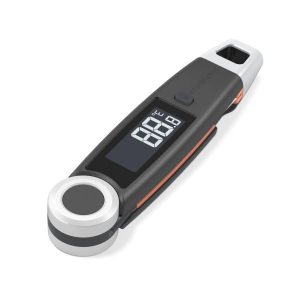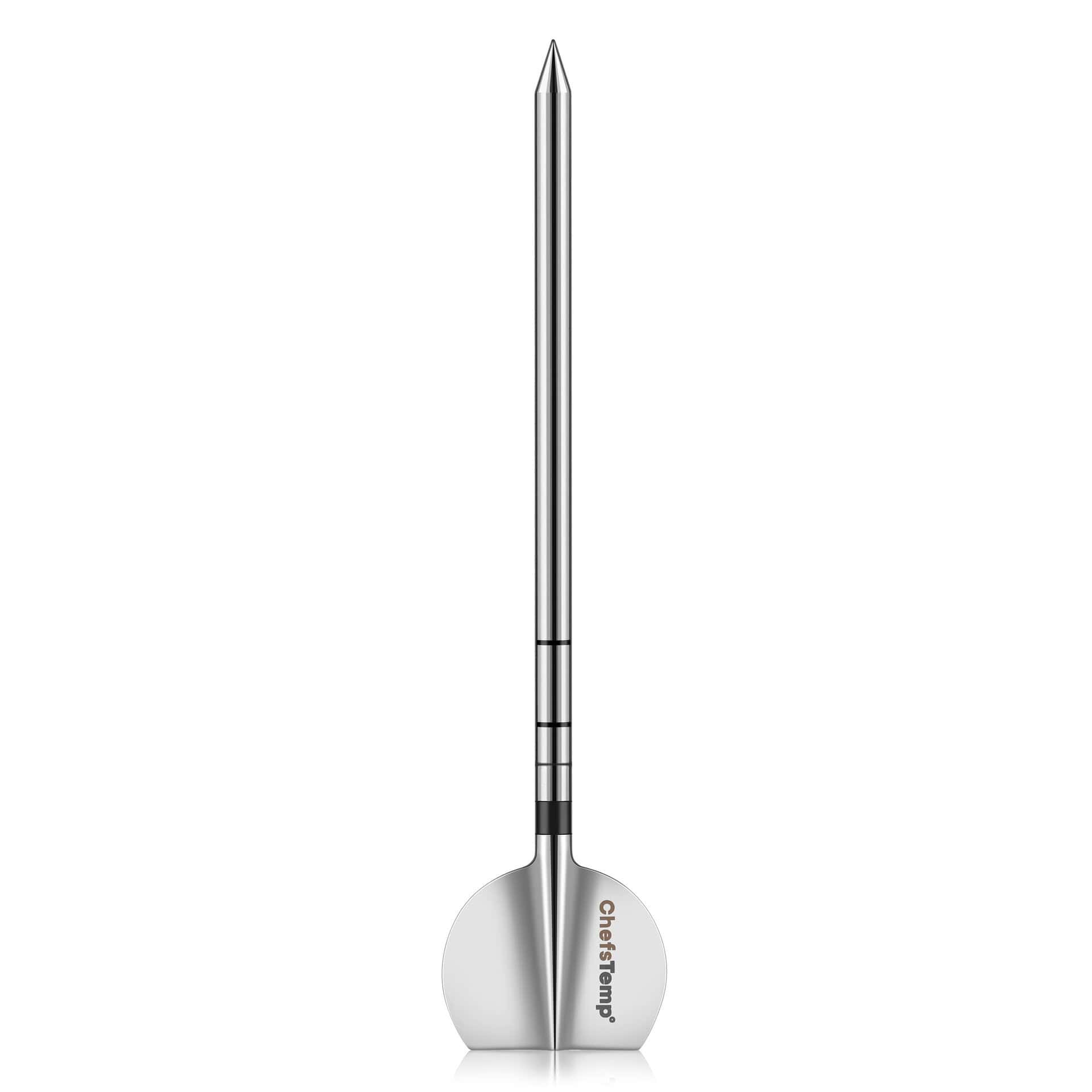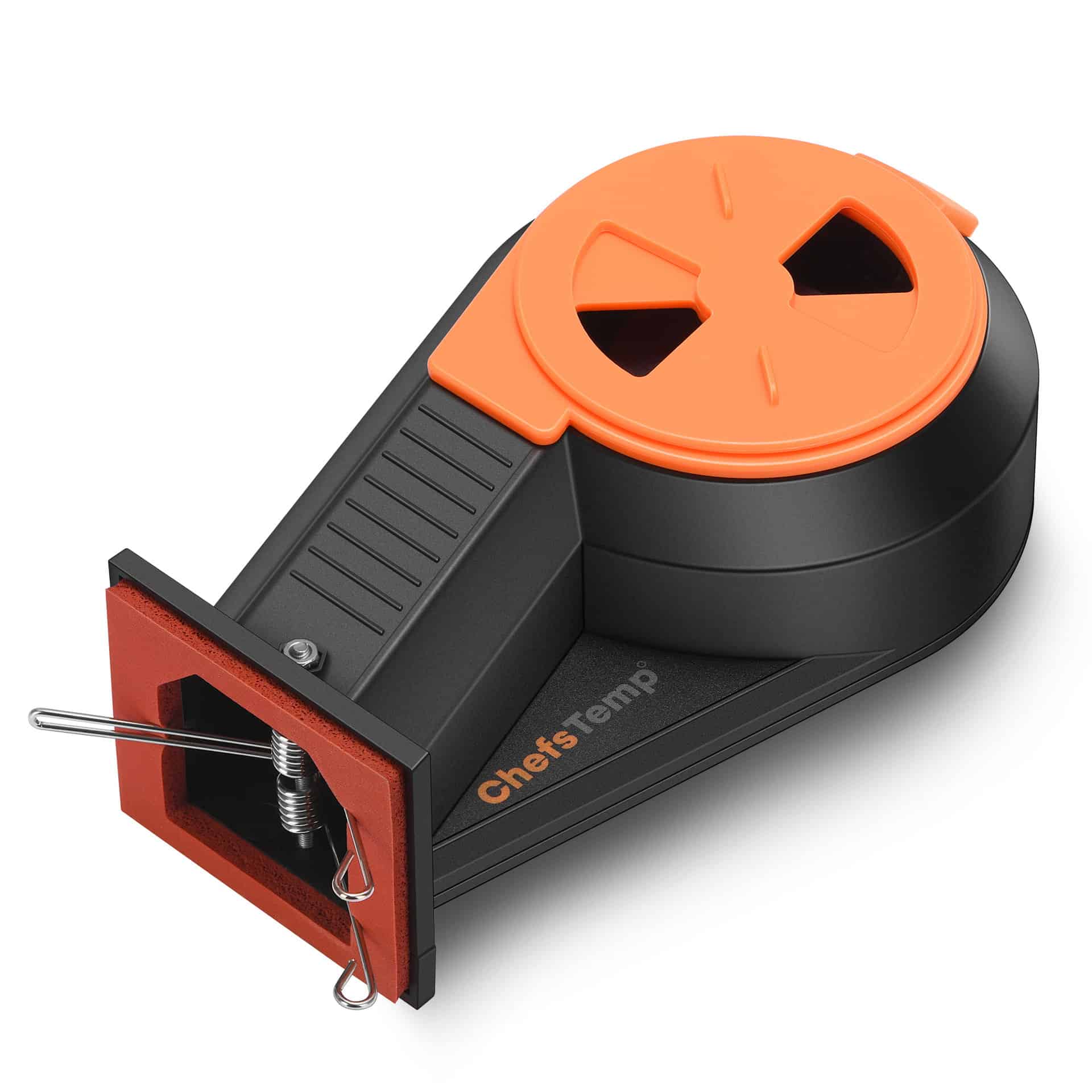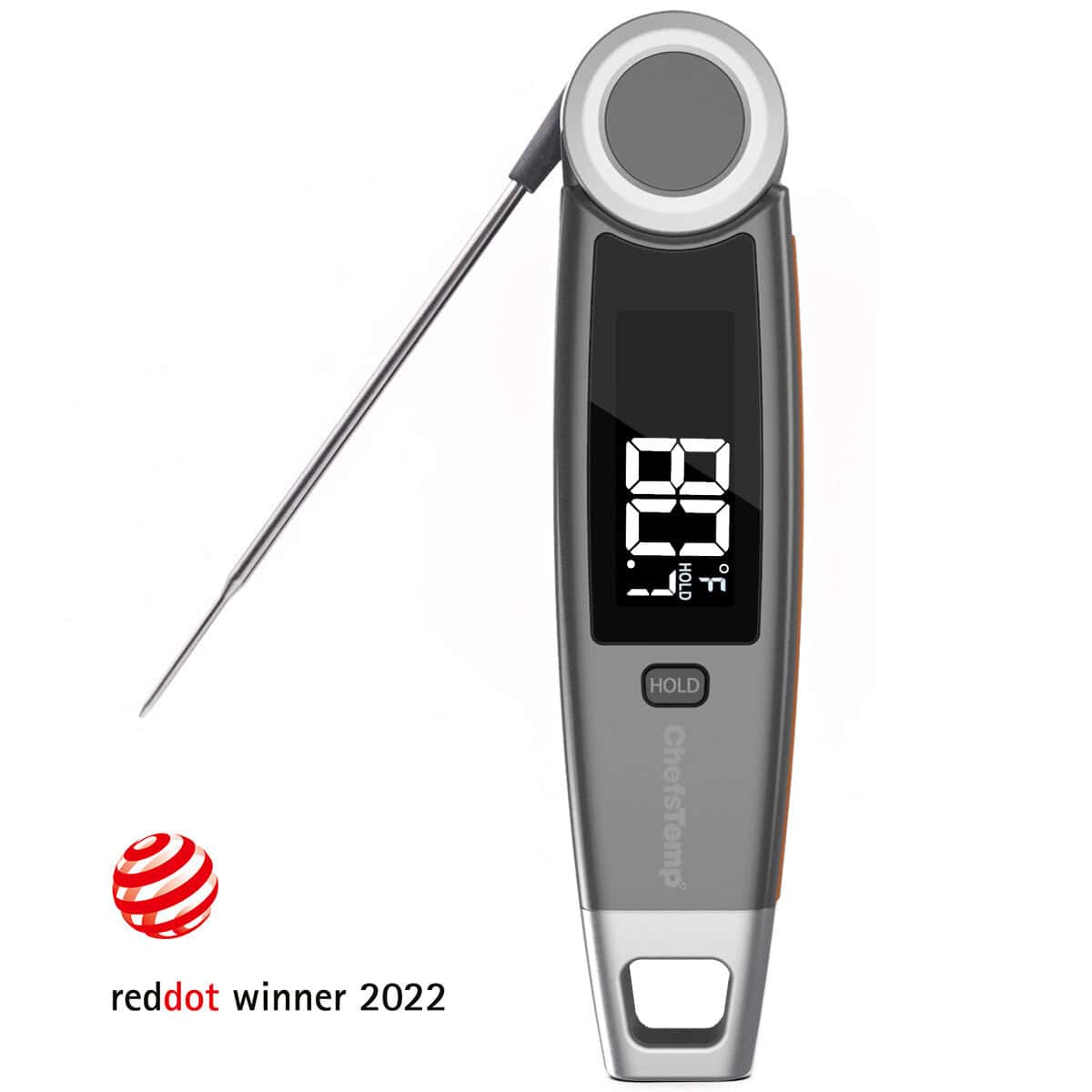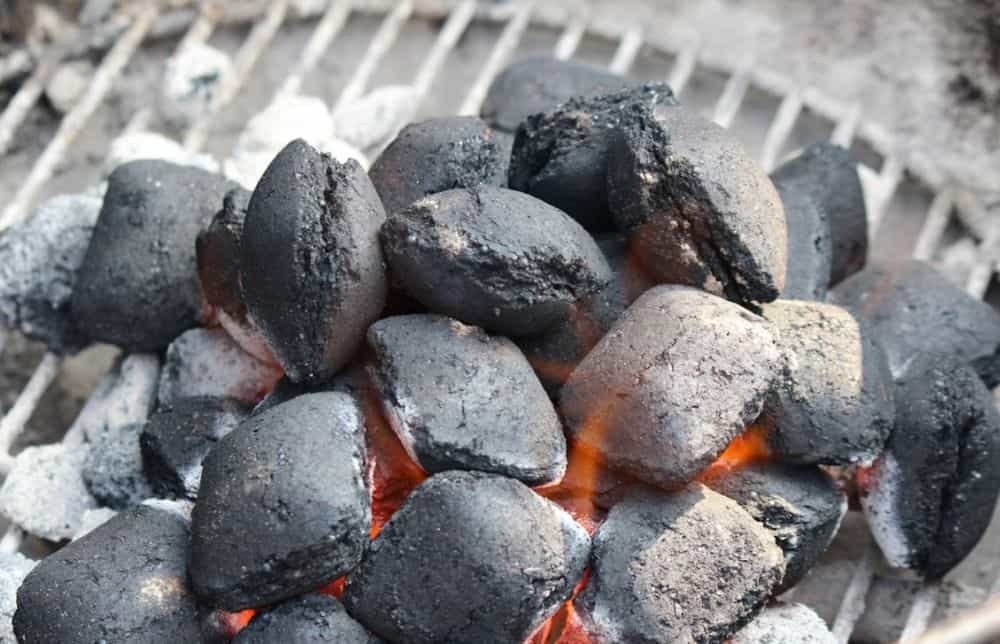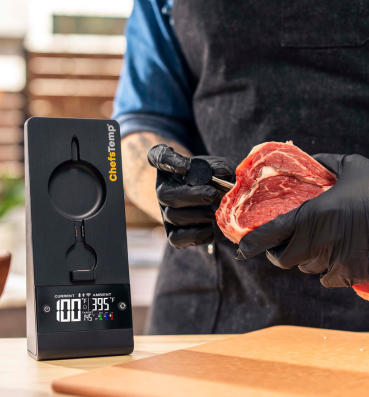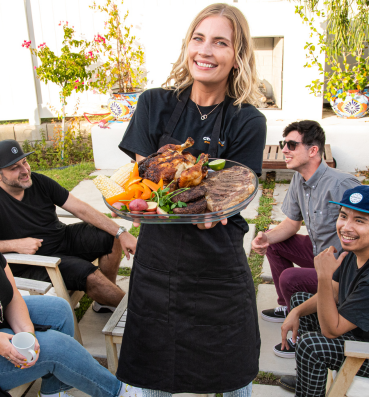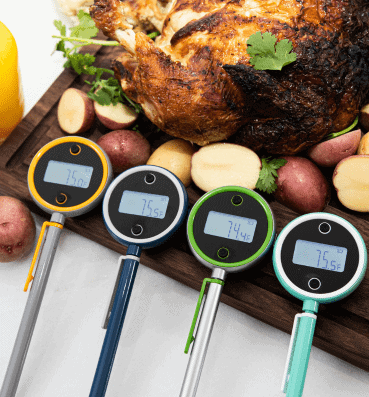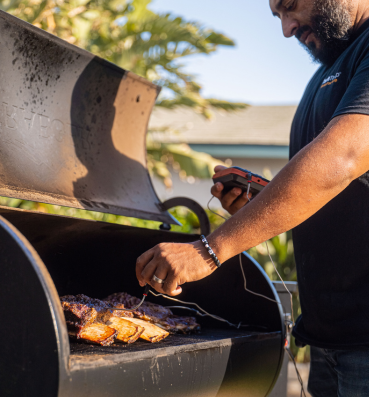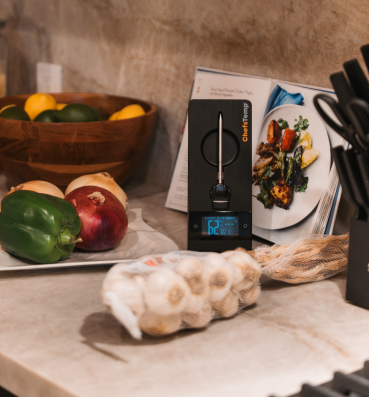
5 Common Food Safety Mistakes and How to Avoid Them
Food products are exposed to various health hazards on their journey through the supply chain. While technology and health and safety guidelines have made production, farming, distribution, manufacturing, and food processing safer, the threat of foodborne diseases is still there. The good news is that you can equip yourself with both knowledge and tools to avoid these diseases-causing food safety mistakes.
Here are some of the most common, yet important food safety mistakes you should avoid.
Table of Contents
Mistake 1: Washing meat (especially chicken and turkey) before cooking
Washing raw meat, especially poultry products like chicken, turkey, and eggs in your kitchen sink can do more harm than good. Bacteria in raw meat and poultry juices can spread to other food, and utensils, and splash onto other surfaces in your kitchen that are supposed to be clean, causing cross-contamination. Failure to clean these contaminated products can cause food-borne diseases.
“Washing meat” may mean different things to other people. Some wash their meat under running water, while some use strainers. Some place their meat in a container and soak it in water; some even use salt water, vinegar, or lemon juice to “clean” the meat. While washing raw meat can indeed remove dirt, slime, blood, or far, that was applicable at the time when people used to slaughter and prepare their meat. Modern food safety guidelines don’t require this anymore, as most meat that arrives in your favorite meat shop and grocery stores is cleaned during their processing.
Moreover, never use detergent or soap to clean meat or poultry products (eggs). These chemicals can contaminate your food making them unsafe for consumption.
Solution: Cook your food thoroughly.
Washing meat is completely unnecessary today as cooking (baking, boiling, broiling, frying, grilling, etc.) can kill germs on the meat. Moreover, cooking food thoroughly can ensure food is safe to eat. Since it is impossible to know by touch, feel, or taste, if your meat is cooked all the way through, this is where the benefits of tools like food infrared thermometer get into the picture.
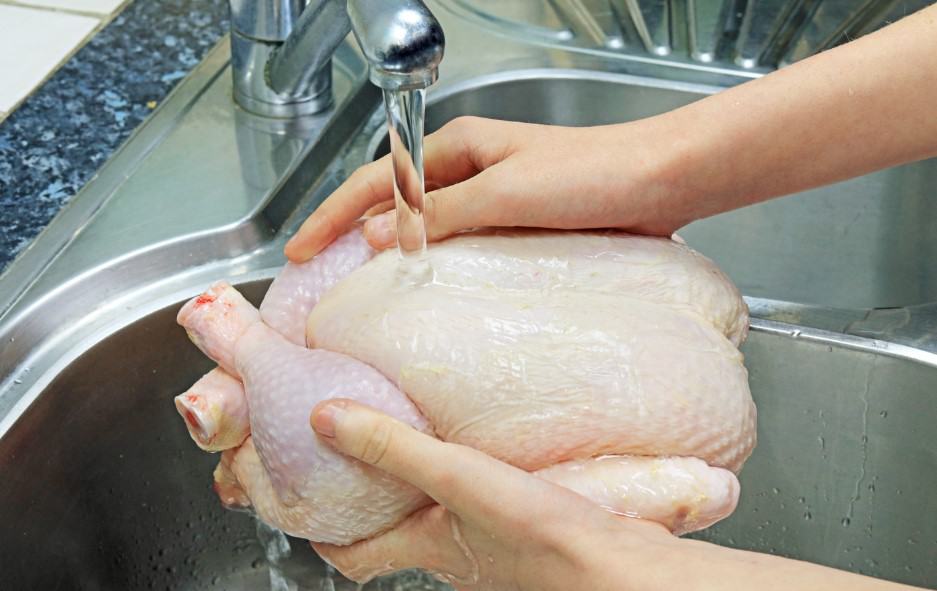
Mistake 2: Thawing food and/or marinating it on the counter
Thawing and marinating (meat or seafood) in a plastic bag and leaving it on the counter is a big no-no. Leaving raw meat out at room temperature for a long time (or even a short time) can cause bacteria on that food to thrive and multiply at a rapid rate.
Also, it is important to note that when marinating, the raw meat itself is not the only germ-carrying component, the marinade itself can be just as dangerous. Thus, if you are considering reusing the marinade sauce, make sure you boil it first! That is because the marinade from the raw meat (or seafood) can spread to the new batch of raw meat more rapidly.
Solution: Thaw and keep marinated raw meat inside the fridge.
The cold temperature inside the fridge can significantly slow down the spread of bacteria.
Mistake 3: Eating raw dough (or other food with raw eggs)
Eating raw cookie dough, raw butter, or dough (or anything with uncooked eggs or uncooked flour) is contaminated with harmful bacteria that can result in food poisoning such as salmonella infection.
Characterized by diarrhea, vomiting, abdominal cramping, salmonella infection can start at about 12 hours after consuming raw and contaminated food and last up to four to seven days. Severe cases of this infection can lead to hospitalization to prevent sepsis – a widespread bacterial infection in the body.
While the odds of contracting salmonella infection are relatively small today, it is still possible. As a matter of fact, the U.S. Food and Drugs Administration (FDA) reported that there are about 1.35 million reports of illness per year in the United States, and 420 of them die.
Children, pregnant women, and people with a compromised immune system should never eat raw cookie dough.
Solution: Avoid eating raw dough.
If you can’t resist it, there are many safe and edible cookie dough products available on the market.
Mistake 4: Not washing fruits and veggies before peeling
While farming and fruit and vegetable production have significantly improved in the past couple of decades, it is still completely possible for germs to thrive on the surface of fruits and vegetables.
Raw fruits and vegetables must be thoroughly washed before peeling, cutting, eating, or cooking to avoid germs (especially disease-causing foodborne bacteria like e. coli, listeria, and salmonella) on the outside from getting inside the food when your peel or cut them.
Solution: Make sure to wash produce thoroughly before peeling, cutting, eating, etc. Use clean potable water when washing. For produce with thicker skin, use a brush to help remove harmful microbes.
Mistake 5: Not cooking meat thoroughly (including chicken, turkey, seafood, eggs, etc.)
All raw meat, regardless of the source, carries harmful bacteria that can cause food poisoning. While whole cuts of meat like beef and steak carry bacteria just on the outside, pork and poultry products can have bacteria all the way through the meat. You need to kill these harmful bacteria by cooking the meat all the way through, at the right temperature, and for a specified amount of time.
While you can eat meats (whole beef joints, beef steaks, lamb chops, etc.,) medium rare, other meat and fish must be cooked all the way through for safety reasons.
Solution: Again, you may need superpowers to confidently say the food you are cooking is cooked all the way through. Or you can just use a food infrared thermometer for an accurate reading and have a thorough understanding of the correct temperatures that kill germs in various types of food, or a meat thermometer to determine the doneness.
Moreover, understand that different types and cuts of meat have different internal cooking temperatures. Familiarize yourself with these to ensure the safety of your family and friends. You can stick a meat temperature chart magnet on the refrigerator or grill, to check the temperature at any time.
The Takeaway
Avoid these five common food safety mistakes to ensure the health and safety of your family and friends.
Discover Other ChefsTemp Products
Discover more recipes and learn kitchen tricks by joining our cooking family on Facebook.
You may also like:
